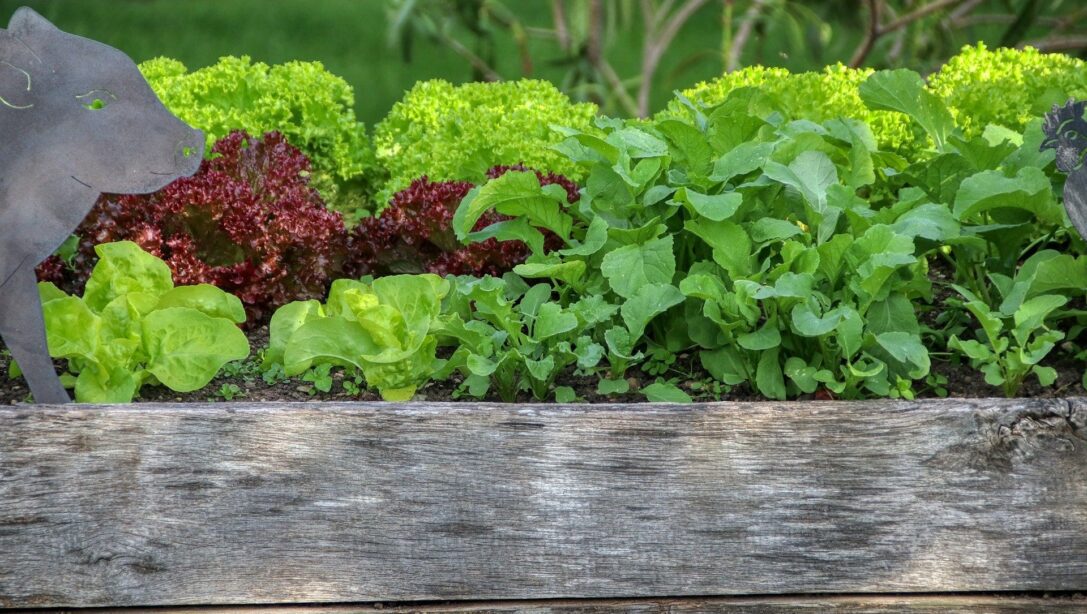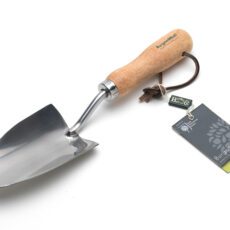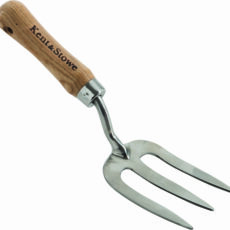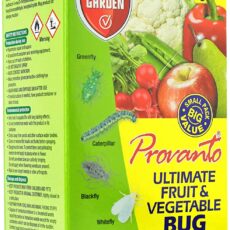Sowing & Planting
Our gardens and vegatable patches are blooming, an ever-more bountiful harvest may be arriving. In hot weather one activity becomes more important than any other; watering. It is sometimes asked if July is too late to plant vegetables. While the main planting season has passed, there is still time for a number of quick-growing or late season food crops from salads to your Christmas potatoes. Read our guide to grow your own and what to do in July.
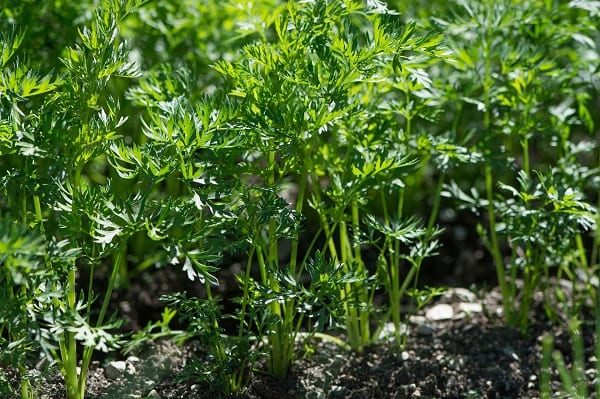
Sow Outdoors
Continue to sow salad crops, like chicory, lettuce, rocket and radishes for a supply that will take you into autumn.
Beetroot can still be sown up until the middle of the month, giving a later autumn harvest.
Some carrot varieties can still be sown now, as can some turnip varieties.
Sow brassicas and leeks directly outdoors, ready to enjoy during the winter.
Harvesting
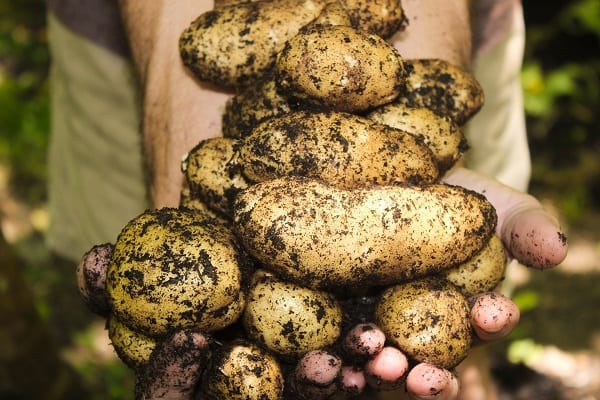
There may be plenty to harvest in your garden in July:
Vegetables and salad crops – aubergines, beetroot, broad beans, celery, carrots, chillies, courgettes, cucumbers, French beans, lettuce, onions, potatoes, runner beans, shallots, spinach, spring onions, tomatoes.
Fruit – blackberries, blueberries, cherries, plums, raspberries, rhubarb, strawberries.
Other Key Grow Your Own Activities
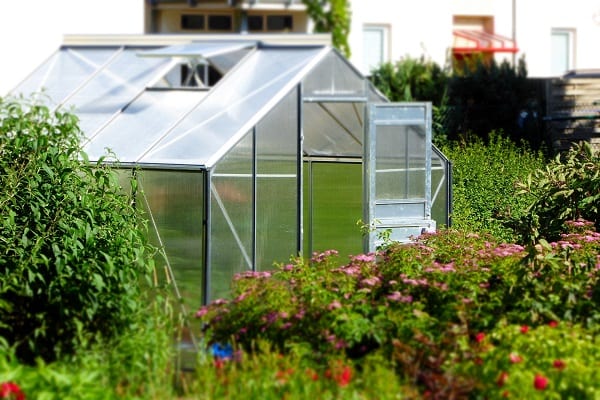
Thin Out Carrot Seedlings
As your carrots grow, the seedlings will increasingly struggle to compete for space. Simply pull up a few (known as ‘thinning out’) and enjoy as baby carrots, giving the others room to grow bigger
Pest Watch
This time of year, as our produce is in full growing mode, is also a time when many garden pests pose a threat. Controlling them is always a balance between protecting the ecosystem and preserving your crop.
We offer advice on identification and control in our Guide to Common Garden Pests.
Companion Planting
You can also help deter pests in your vegetable plot by ‘companion planting.’ This means adding plants that act as natural pest deterrents, or attract beneficial insects that are the natural predators of less wanted visitors. For example, marigolds deter whitefly and attract ladybirds, which will help to control aphids.
Find a longer list of companion planting possibilities in our Guide to Companion Planting.
Watering
Watering is one of the most important activities to get the best from your crop throughout the summer. Be particularly aware of crops growing in containers, which dry out more quickly. Tomatoes are particularly thirsty and will need watering daily. Some plants, such as blueberries, ideally need to be watered with rainwater if available.
Hillier tip: The best time to water is either early morning or in the evening. In the middle of the day, water evaporates quickly.
Feeding
Many crops will benefit from an extra feed at this time, giving them extra vigour. Give fruit growing in containers a feed with a high potassium liquid feed. Tomatoes, cucumbers and peppers will all enjoy the nutrients in tomato feed.
Weeding
When it comes to weeding, we always suggest little and often. Weeds are in full growing mode in the summer months, so set aside time as often as you can to remove.
Be Supportive
Some taller and climbing food crops, including tomatoes, beans and peas, need adequate support as they grow. This should be put in place when you plant them, but if you discover your tomatoes are leaning for example it’s not too late to create some extra support.
Tomato Sideshoots
Indeterminate tomato varieties produce side shoots / suckers as they grow taller, which appear in the junction between the stem and branch. To get the best yield from your plant, pinch these off when you see them by gently twisting them off with your fingers. Read our Guide to Growing Tomatoes for detailed tomato plant care.
Stop Your Beans
It can be beneficial to ‘stop’ your climbing beans by cutting off the main shoot beyond the top of the support they are growing up. This should encourage a bigger crop on the sideshoots.
Greenhouse Cooling
Make sure to keep your greenhouse well ventilated, particularly on hot days – open the vents through the day.
Composting
This is a good month to keep on top of your composting efforts – add your weeds regularly before they are established in your garden and your lawn cuttings. Water or add a fast action product like Garotta to accelerate compost production.
Get Your Christmas Potatoes
The main potato growing season begins in late winter to early spring. But, if you would like to grow your own in good time for your Christmas dinner, seed potatoes arrive in garden centres from July. These can be chitted ready for planting out in August, yielding a late autumn harvest.
Your July Grow Your Own Toolkit
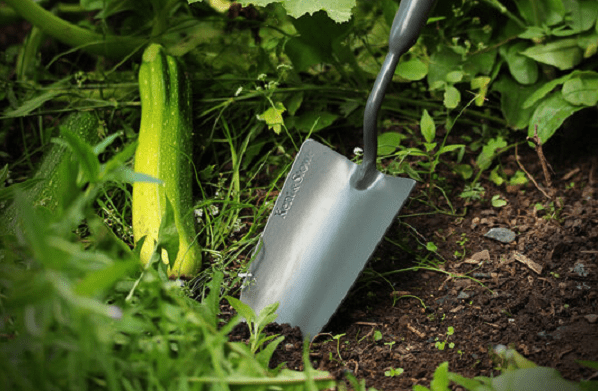
Sowing outdoors:
- Seeds, spade / trowel, gardening gloves
Harvesting:
- Trowel, trug
Watering:
- Water butt, watering can, hose system
Was This Article Helpful?
Join the Hillier Gardening Club to get the latest gardening news and advice
Find Out More

